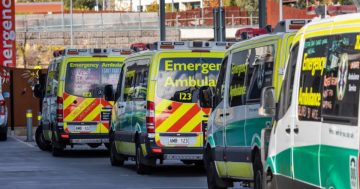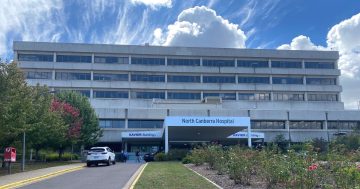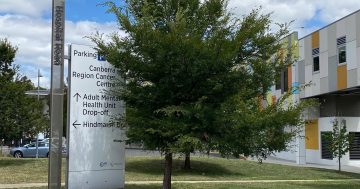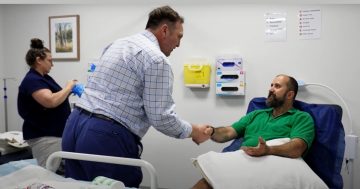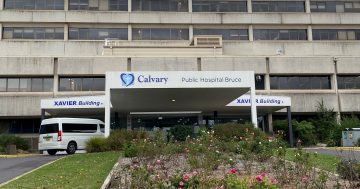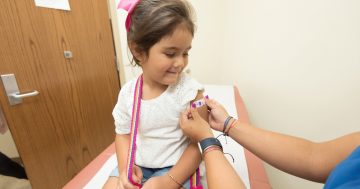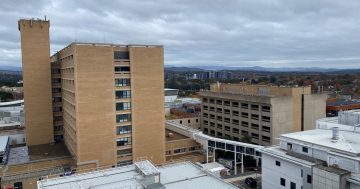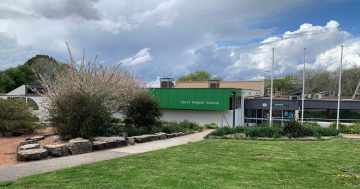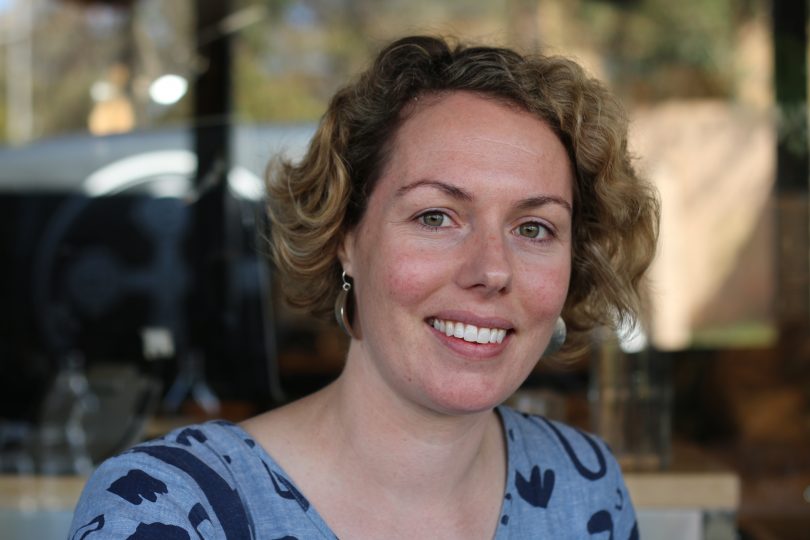
Federal Member for Canberra Alicia Payne. Photo: Dominic Giannini.
Canberra eased lockdown restrictions on Friday (15 October), an incredibly welcome milestone, particularly for our business community, those who have lost work and those for whom lockdown has been particularly isolating or challenging.
We’re at a crucial moment in the pandemic.
While we couldn’t wait to reopen, we anticipate a fresh wave of infections and higher case numbers.
The need to reopen is obvious, but Australia’s peak medical body, the Australian Medical Association, has warned that our hospital and health system needs to be ready.
The AMA (whose members will be among those who have to handle the fallout) warns high vaccination rates won’t be enough to stop hospitals from becoming further overwhelmed, as we have already seen in Melbourne in Sydney.
The strain on our healthcare workers will only increase – workers who have already been at the coal face for 18 months, working long shifts in full personal protective equipment, watching first-hand the impact of infection control requirements keeping families apart and caring for people unwell or even dying alone.
While immense efforts go into the physical preparations such as surge intensive care units, the human cost for those asked to staff them is unmeasurable and difficult to imagine for those not in their shoes.
It’s why every state and territory health minister has been pleading for an increase in hospital funding from the Federal Government for months.
The states recently used a joint letter to federal Health Minister Greg Hunt to beg for crisis funding to help the already strained system.
In short, the states have already done the heavy lifting during the pandemic, and they want to know that our health system is ready for the next challenge.
The Prime Minister’s response was far from helpful, accusing the states of “shakedown” politics and claiming they’ve had months to plan and prepare, all the while putting pressure on states to ease restrictions, offering no national leadership on national issues such as quarantine, not to mention the vaccination ‘stroll-out’.
But far from a shakedown, the states just want a fair 50-50 cost-sharing agreement with the Commonwealth and a funding guarantee put in place until mid-2024.
ACT Health Minister Rachel Stephen-Smith last week told the ABC that an aging population combined with changes to Medicare funding and freezing of rebates meant emergency departments, hospitals, and primary care were under strain even before COVID struck.
Queensland, Tasmania and Western Australia have the option of keeping their borders closed to manage the risk to their system, but like it or not, the ACT is along for the ride with NSW on account of our geography. The Canberra Hospital is the only tertiary hospital in southern NSW and inextricably linked to the NSW health system.
Our ACT hospitals are critical not only to care for Canberrans but to care for our NSW neighbours. The Canberra Hospital covers the capital’s 460,000 residents and its catchment also serves a further 230,000 people across the border.
The ACT’s current numbers of hospitals admissions include patients from NSW. The ACT example is a clear demonstration of the need for a national response.
The Prime Minister has criticised state premiers for dividing Australia – properly supporting the health system across the country would be a strong indication that we really are ‘all in this together’.
If we learn from experiences overseas, even those with high vaccination rates, the health emergency is far from over.
Our Prime Minister should care about the health of all Australians.
It’s time the Morrison Government started to take the pandemic seriously by properly funding and supporting the health workers putting their health at risk to look after ours.












